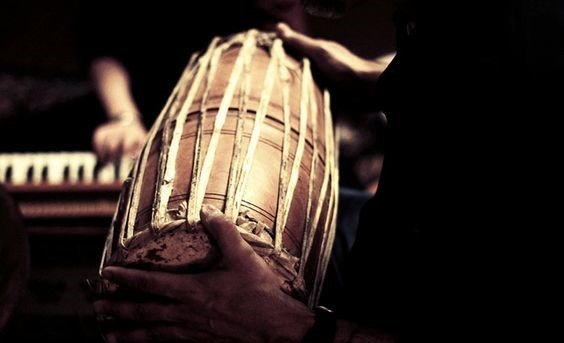By Subramanian Ramachandran.
Introduction:
In the intricate tapestry of classical music, there exists a subtle yet profound element that weaves its way through every note, every melody, and every performance—the concept of “Shruti” or pitch. Shruti, often referred to as the smallest interval of pitch in Indian classical music, is not just a technical aspect but a vital and soul-stirring force that shapes the very essence of this ancient art form.
The Essence of Shruti:
Imagine a painter with a palette of colors, each representing a different Shruti. The choice and arrangement of these hues determine the emotional depth, the resonance, and the overall impact of the painting—much like how Shruti influences the emotional landscape of classical music. It is the bedrock upon which the entire structure of a musical composition stands.
The Science Behind the Magic:
Shruti is not just an arbitrary division of pitch; it is a meticulously calculated science. In classical Indian music, there are 22 microtonal intervals, each with its unique frequency ratio. These intervals, when skillfully navigated by the musician, create a mesmerizing melodic journey that transcends the boundaries of the tangible world. The precision of Shruti is what transforms a simple musical note into a sublime experience.
While the term “Shruti” itself is specific to Indian classical music, the concept of pitch and microtonal nuances exists in various forms across different musical traditions.
In Western classical music, the concept of pitch is fundamental. The Western musical system is built on the division of an octave into twelve equal parts, known as equal temperament. However, even within this system, composers and performers explore microtonal nuances to evoke specific emotions or create unique textures. In the world of jazz, musicians frequently employ microtonal techniques to add color and depth to their improvisations.
The rich musical traditions of the Middle East also incorporate microtonal elements. Maqamat, the scales used in Middle Eastern music, often involve intervals smaller than the Western half-step. Musicians in this tradition skillfully navigate these microtonal spaces, creating intricate melodic patterns and expressing a wide range of emotions. The use of quarter tones is a characteristic feature in Middle Eastern music.
Similar to Indian classical music, Turkish classical music also emphasizes microtonal intervals. The Makam system in Turkish music involves intricate scales and pitch variations, allowing musicians to convey a wide range of emotions. The exploration of microtonal spaces is central to the improvisational nature of Turkish classical music.
Incorporating these examples broadens our understanding of how the concept of pitch and microtonality transcends cultural boundaries, enriching various musical traditions with a shared exploration of nuanced tonal landscapes. Whether it’s the intricate ragas of Indian classical music or the soulful improvisations of jazz, the importance of pitch in conveying emotion remains a universal and timeless aspect of musical expression.



